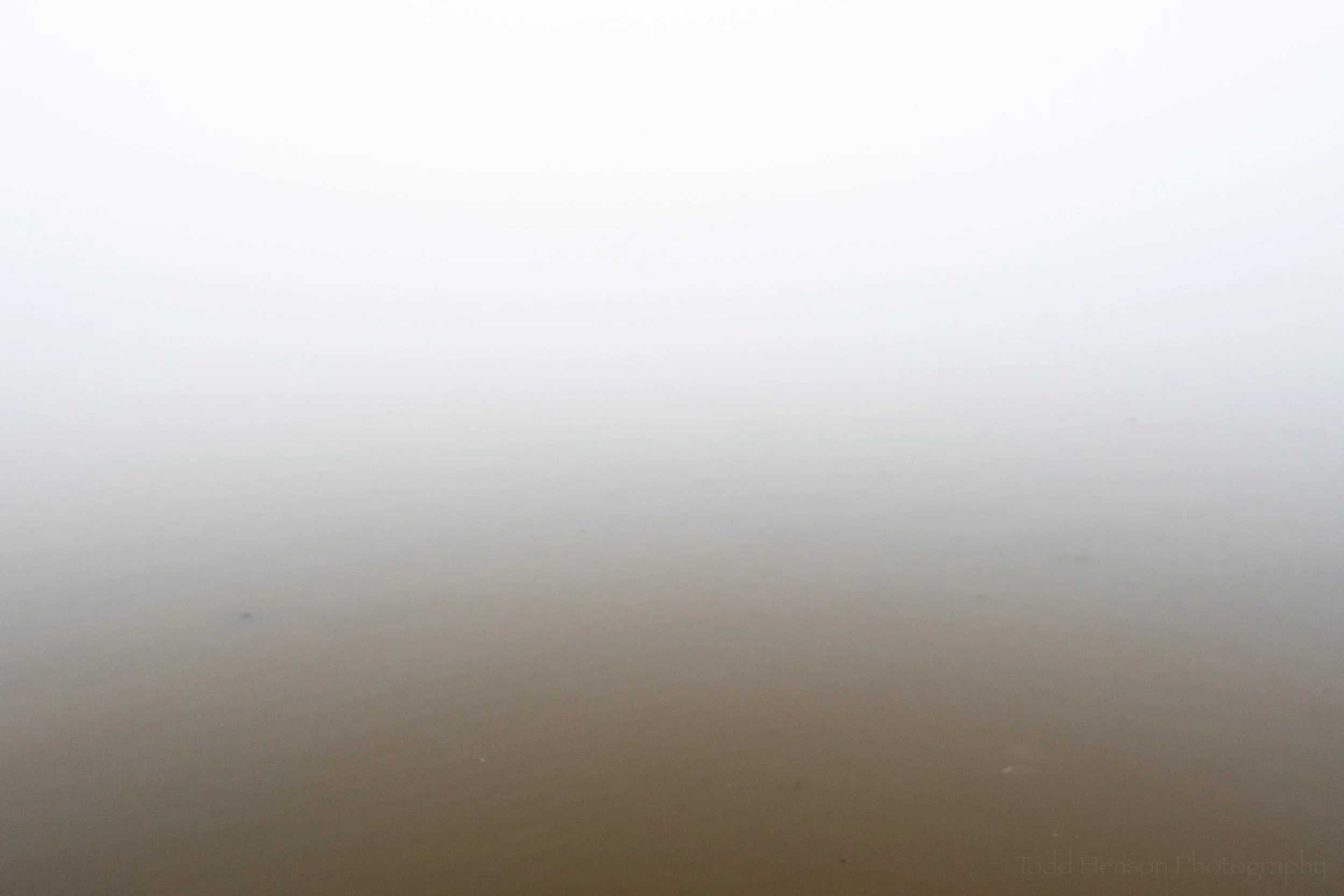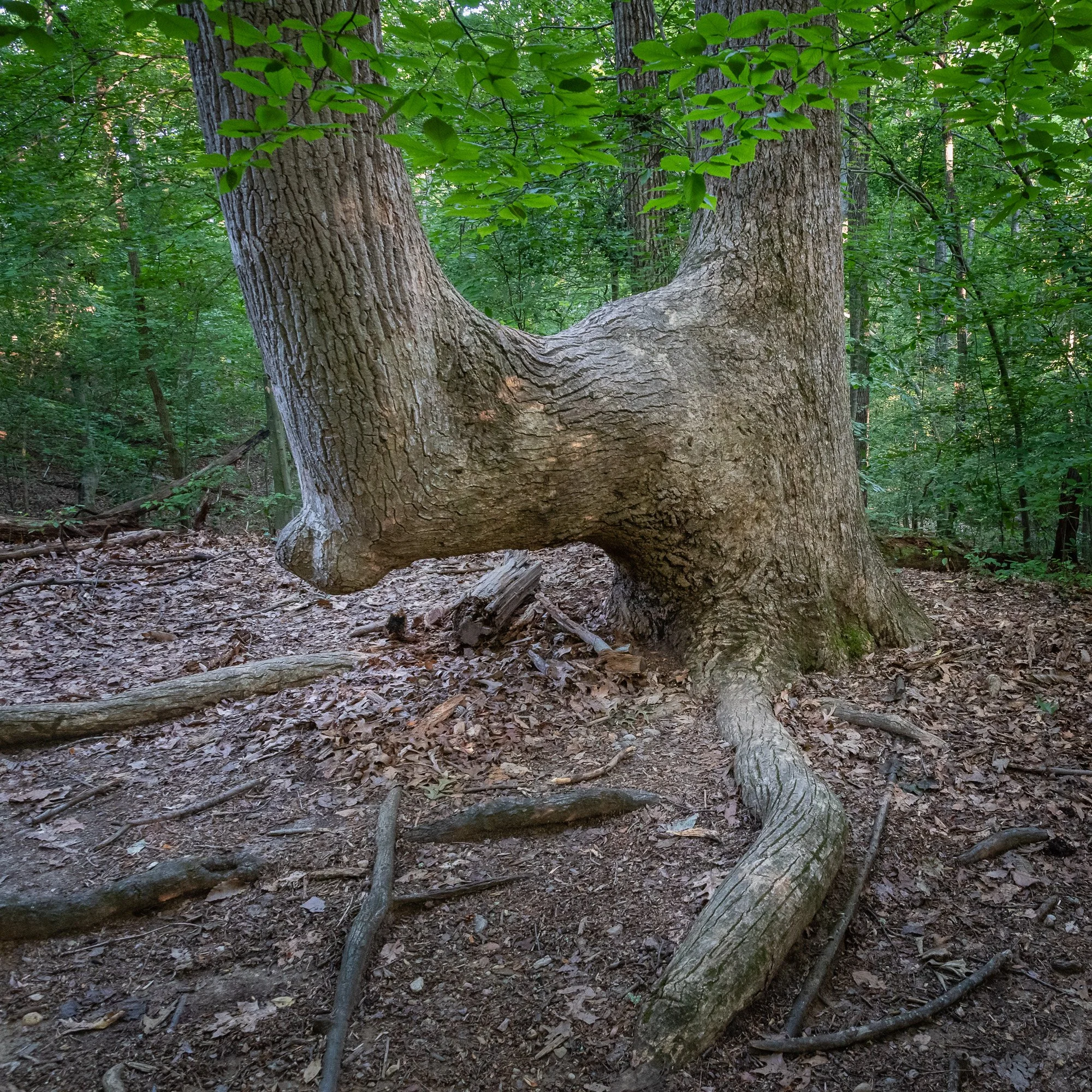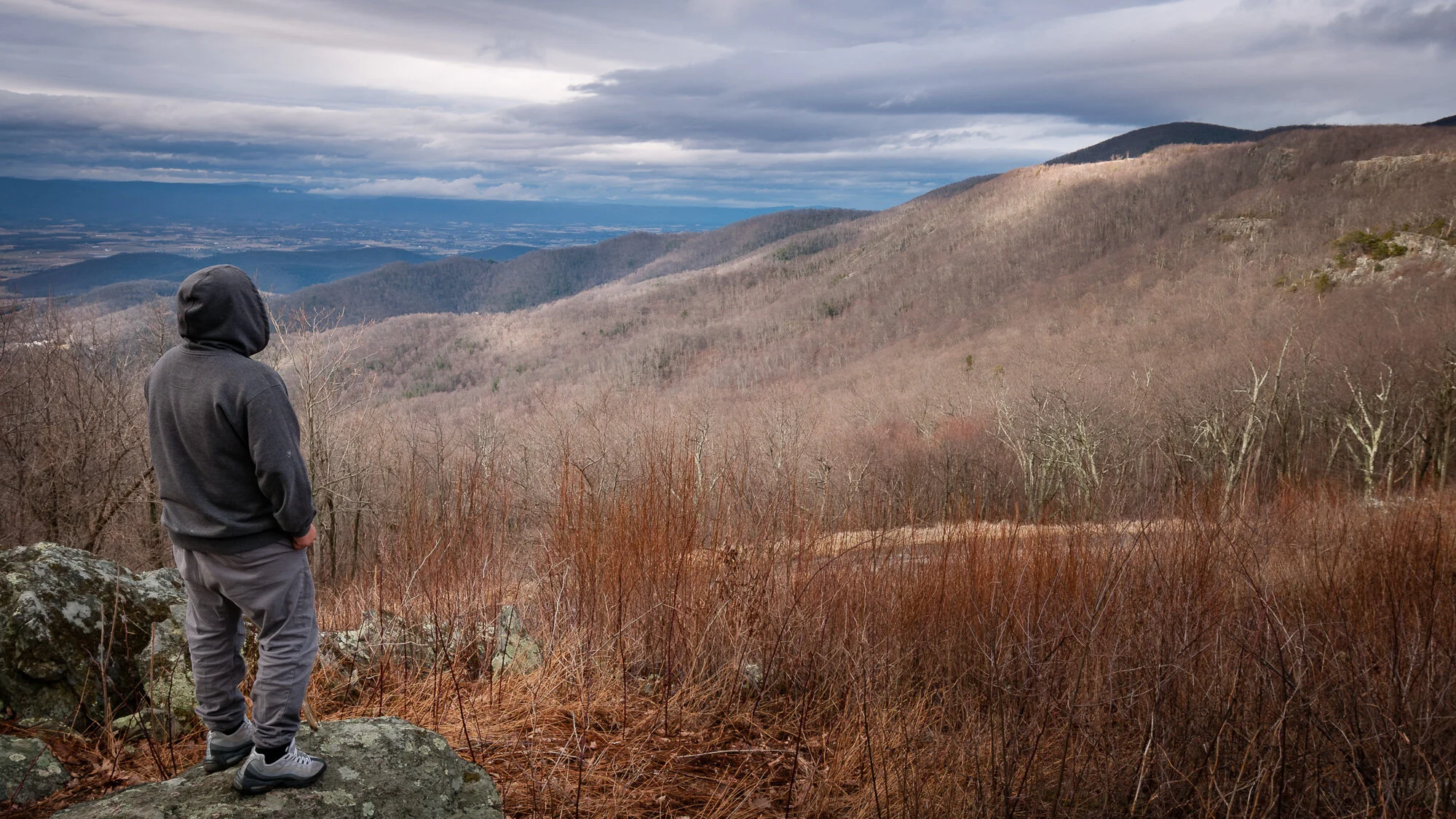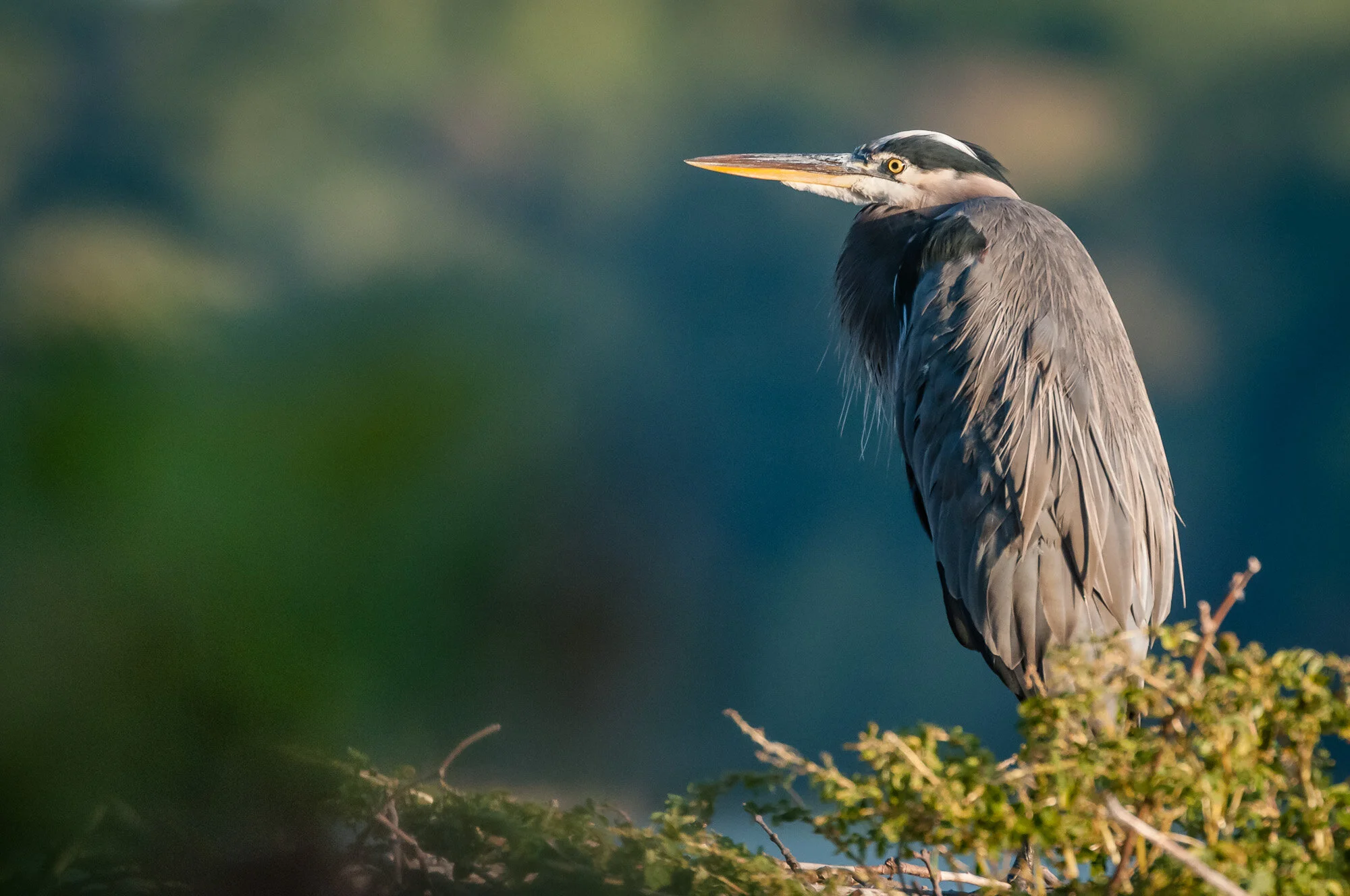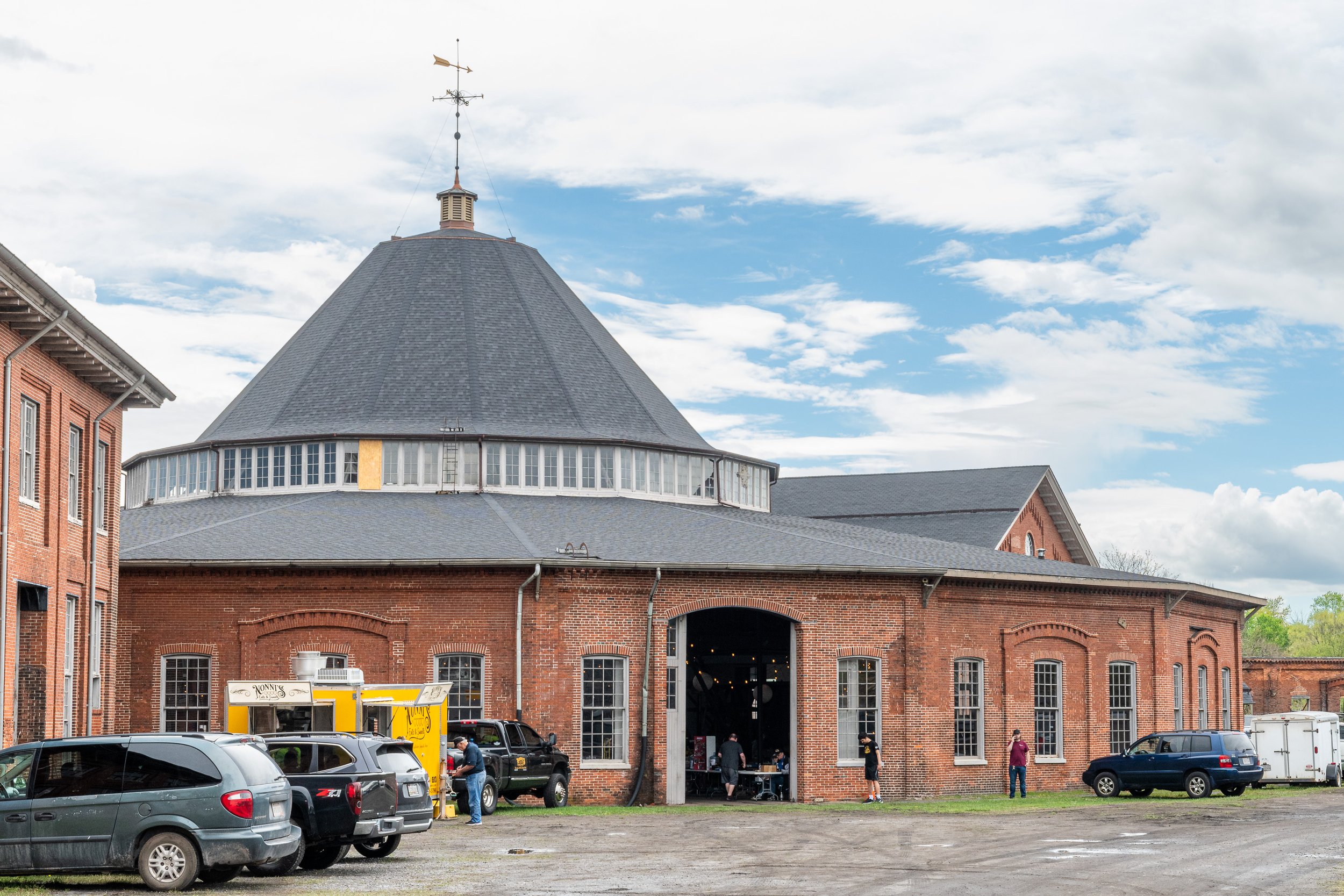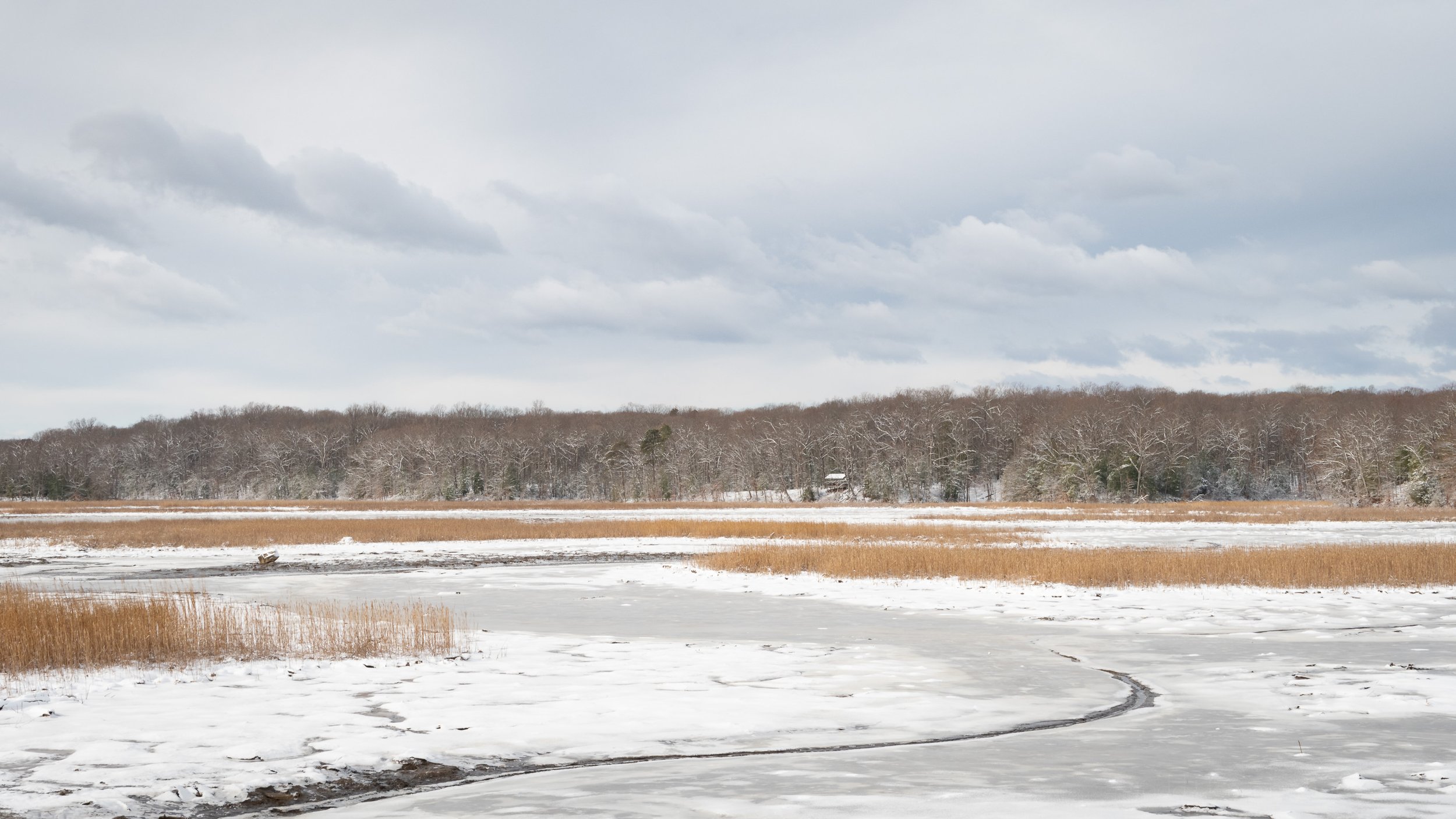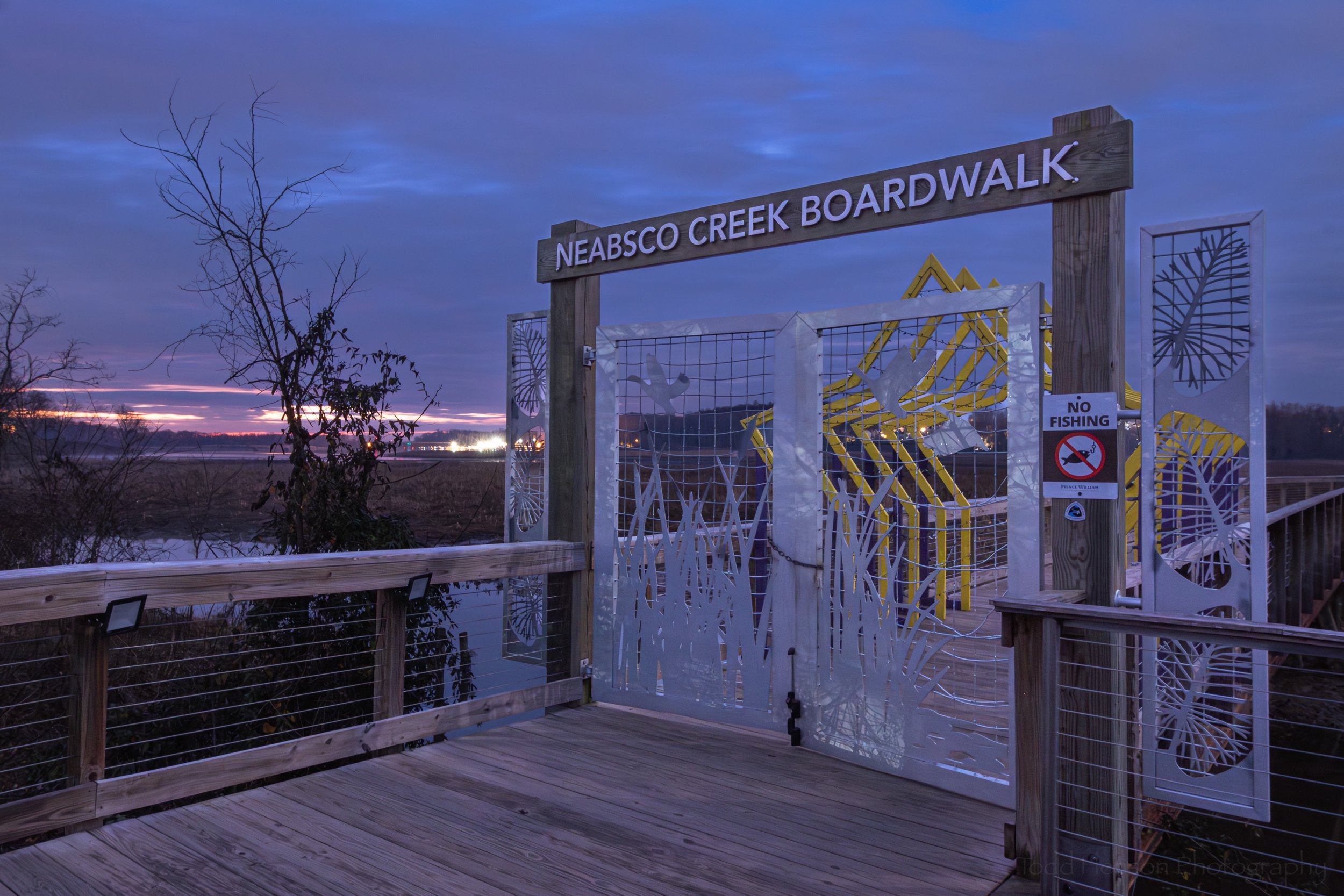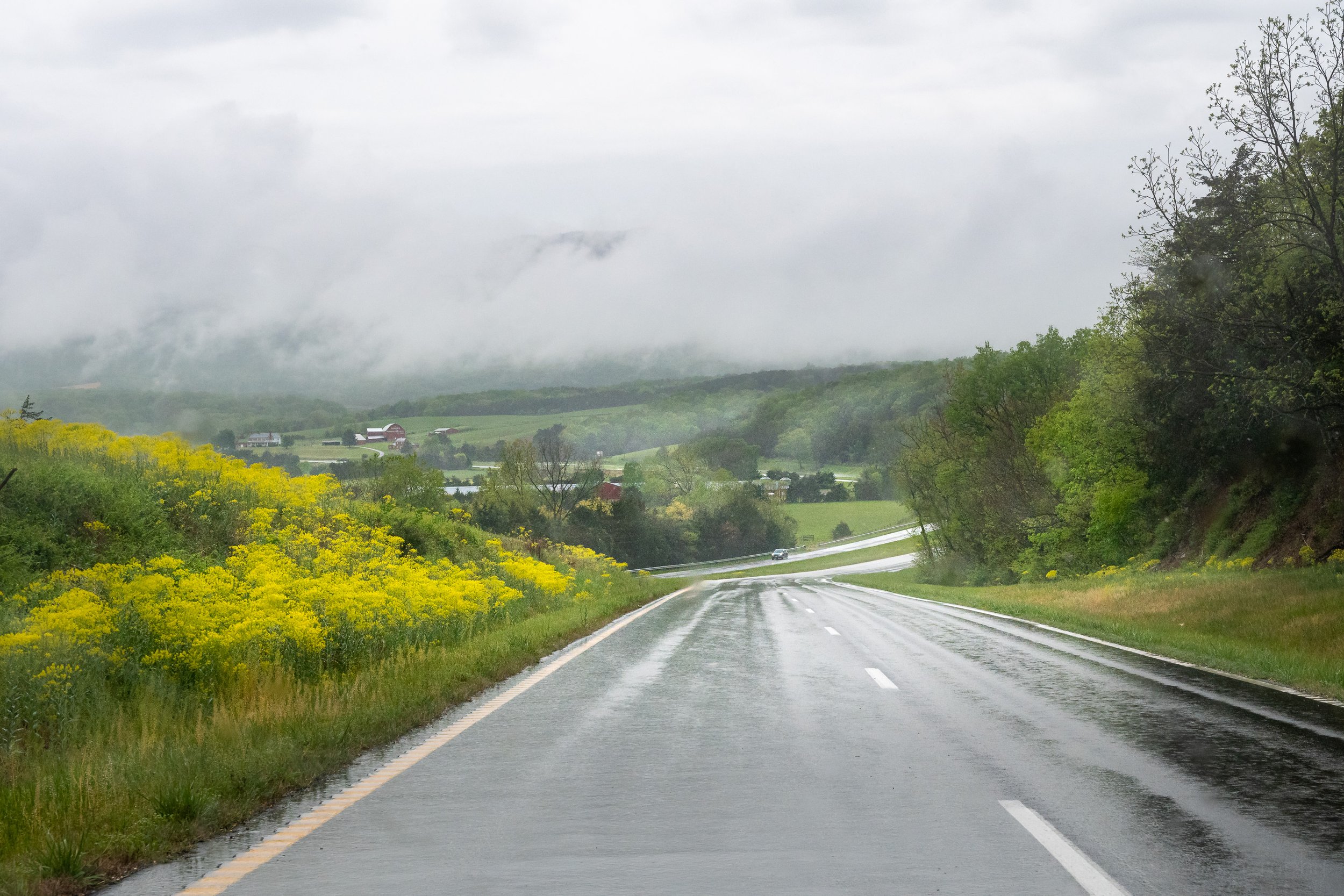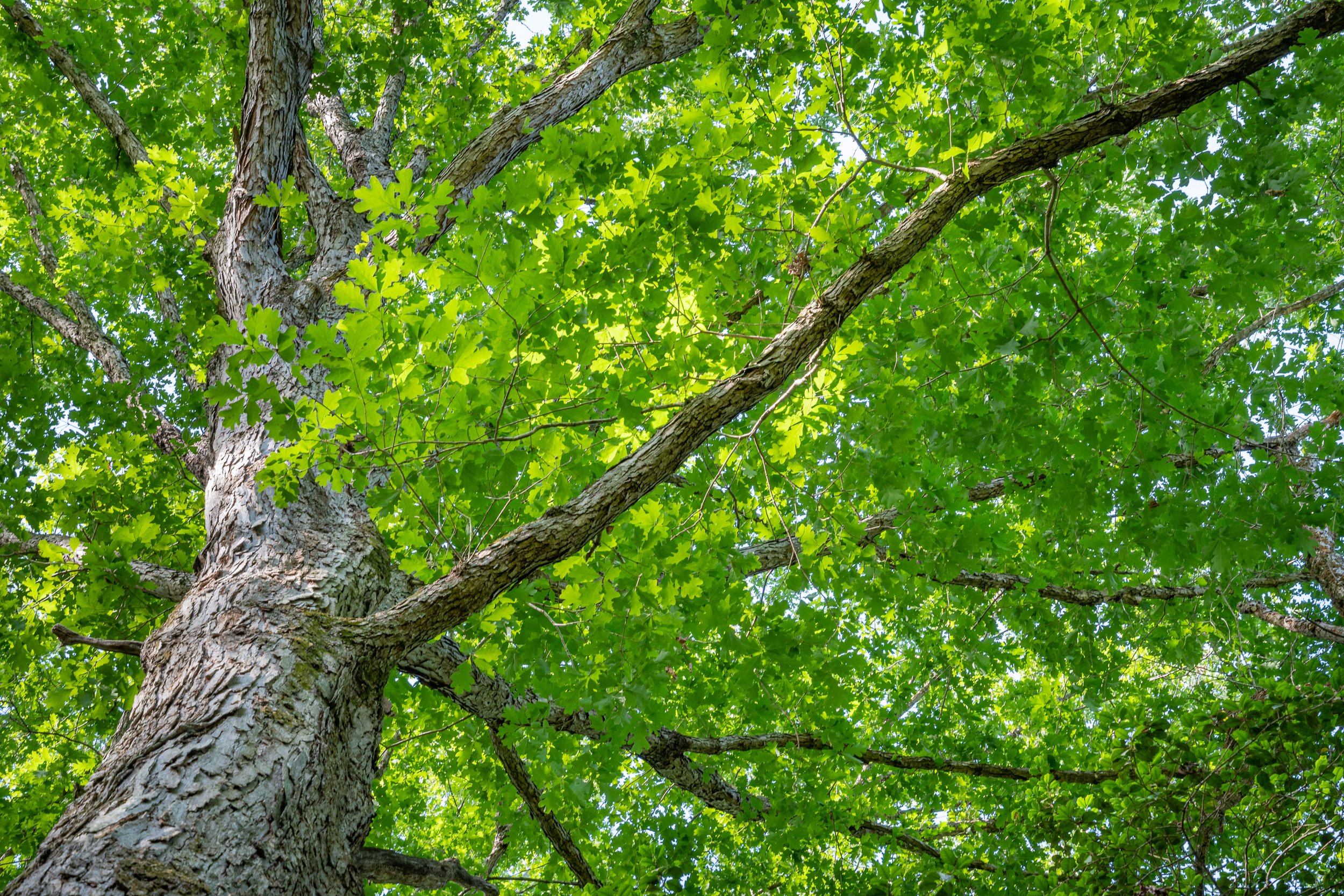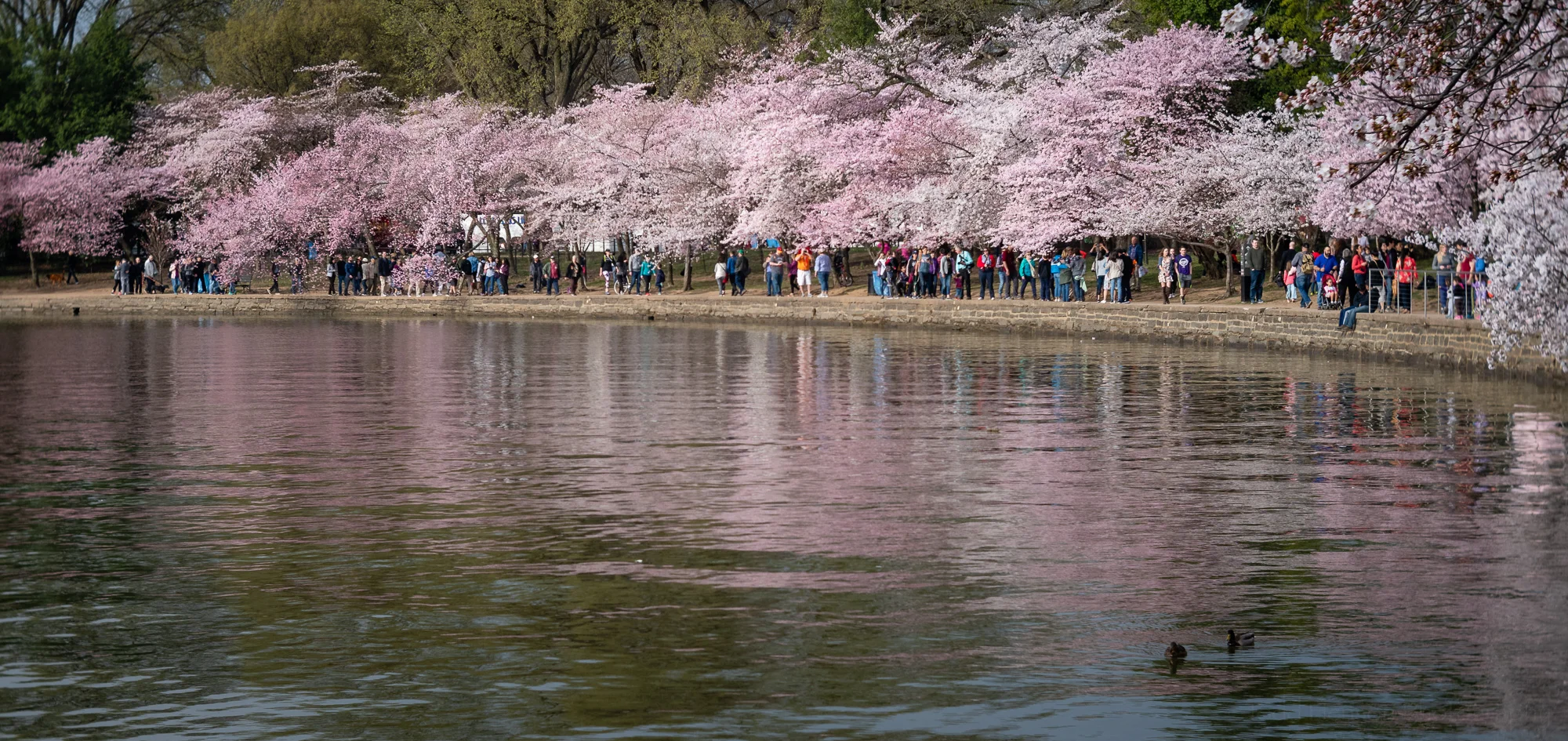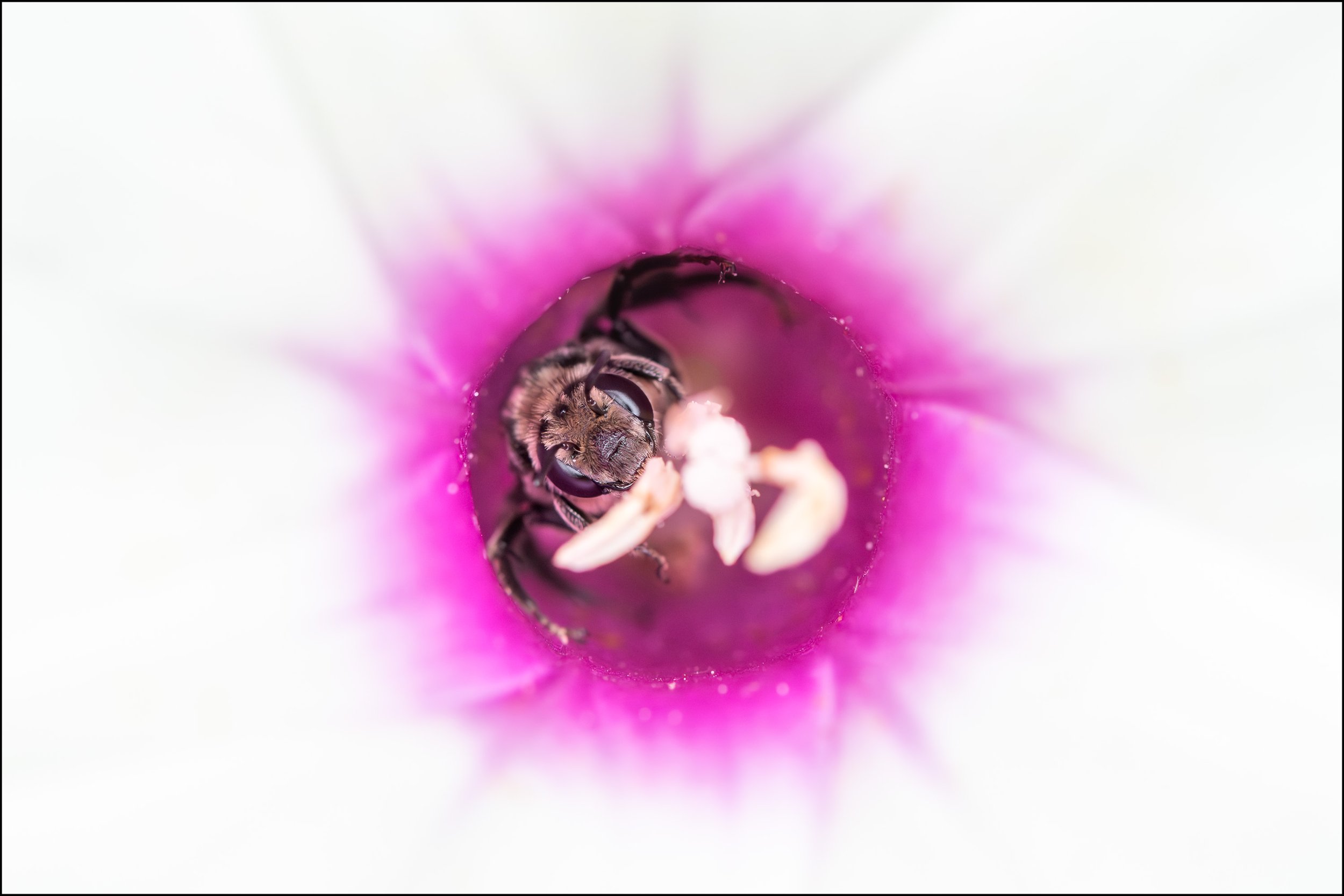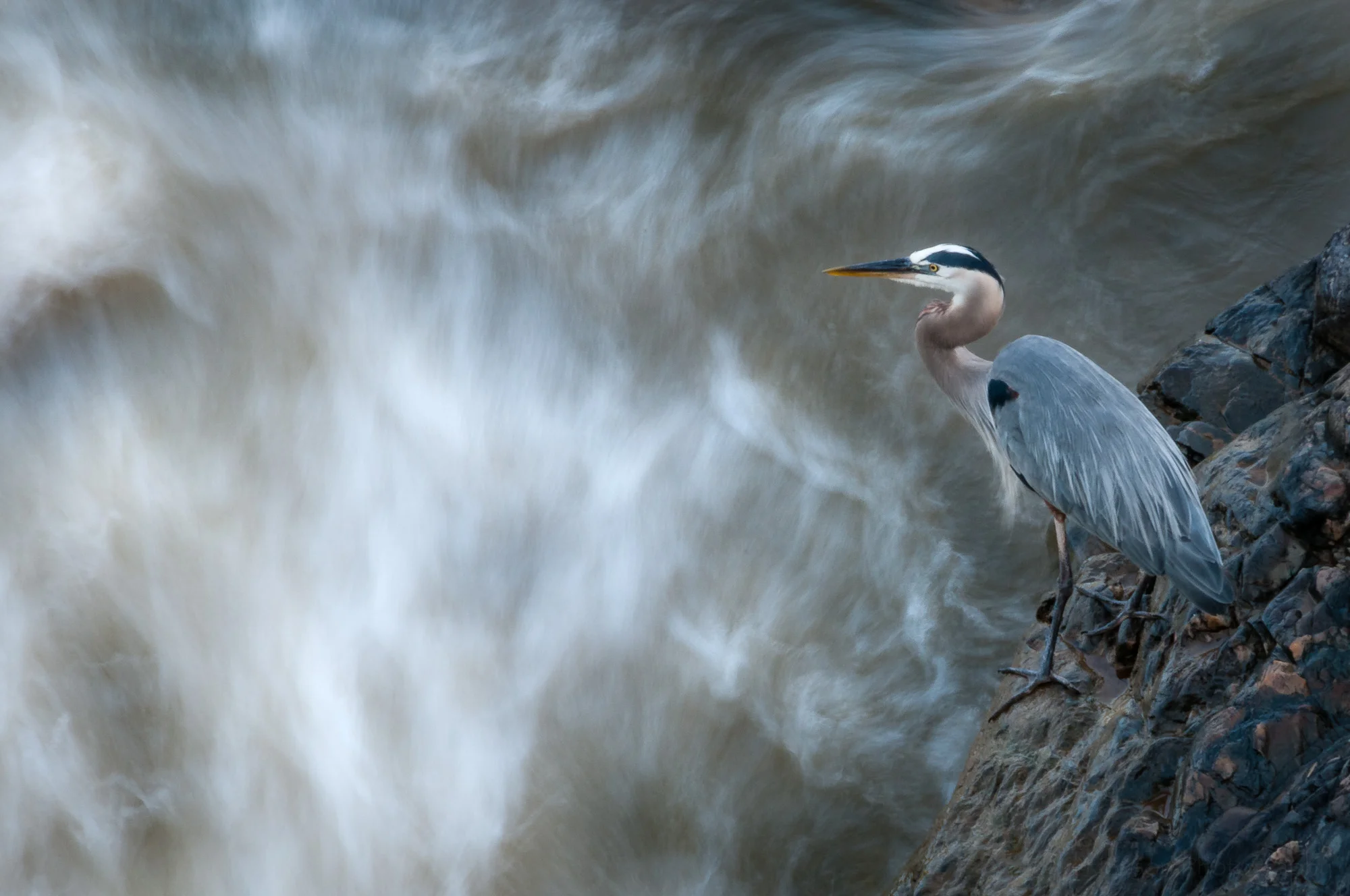Sunrise from Leesylvania State Park
One afternoon while going through my older photos I stumbled across this one, which might be my first sunrise with a DSLR. I believe I’d purchased the camera two to three months before this, and I decided it was time to try a sunrise, so I got up early enough to arrive at Leesylvania State Park and watch the sun rise above the far shore of the Potomac River. The distant shore is in Maryland and I was in Virginia. There was a single sailboat in the water somewhat near shore. I tried to position the sun so its reflection was completely in the water, creating that line of reflected sunlight. Nothing spectacular, but I still have fond memories of creating this one.
Do you enjoy these posts?
Sign up to receive periodic emails with updates and thoughts. Don’t worry, I won’t spam you. And please consider purchasing artwork or products from my online store, and using my affiliate links in the sidebar to the right when shopping online.
I appreciate your support!
